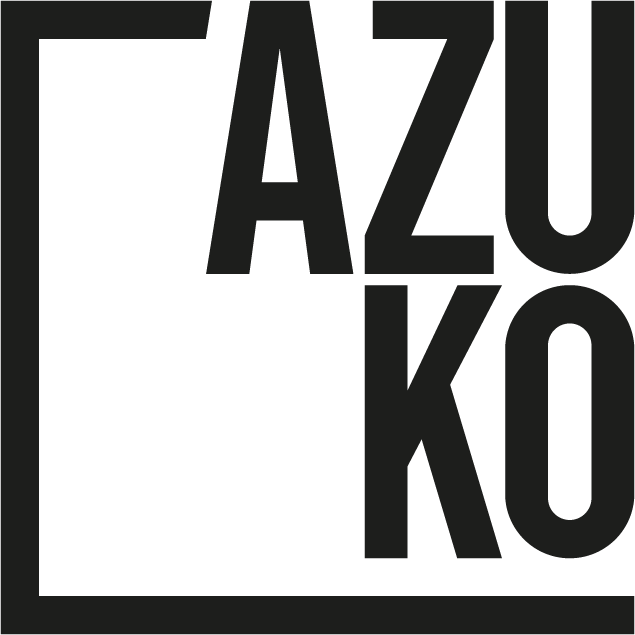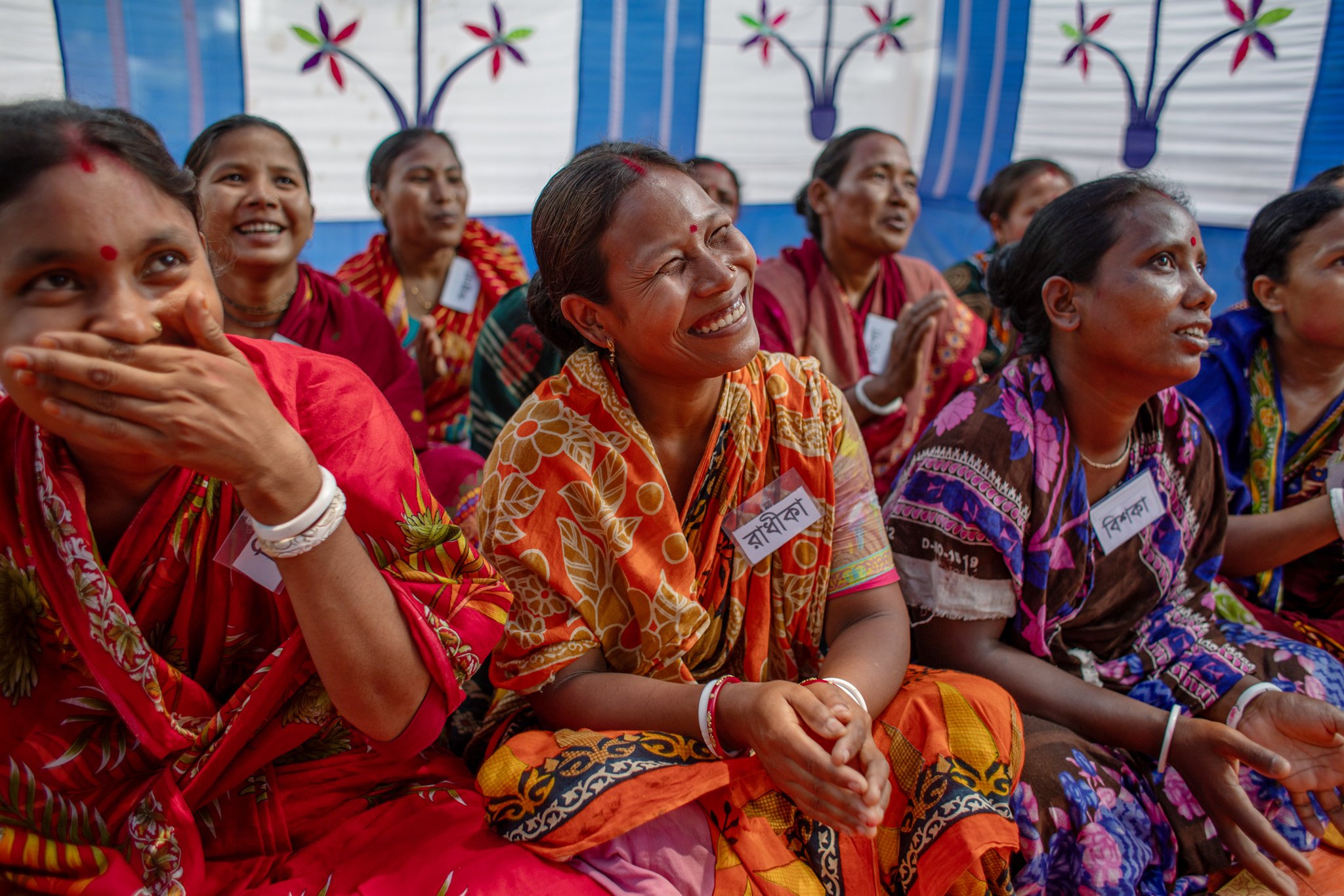We pass Notre-Dame. It's judgement day. We pass the Musée d'Orsay and reach the 30 kilometre milestone. Pain is starting to set in now. It's moving from the knee to the left hip to the arch of the right foot. This can't be right, it's only in the mind. Just keep running.
As we enter the Bois de Bologne, we can almost taste the finish line. 10 kilometres - that's just another hour, right!? But it's too difficult to keep up the pace. The slower you get, the further away the finish line drifts. We begin to recognise faces. These people will become our family in the last exhausting moments. You start to build stories in your mind about who they are, and why they're running. All shapes and sizes, doing what they can to become heroes for a day. We're willing each other on. A runner stops to catch his breath. We shout to remind him we're in it together and will finish it together.
Counting down the kilometres now, 9... 8... 7... 6... the 5 kilometre signpost is in sight. Come on hip, stay with me. The pain is no longer in the mind. It's real. It's very real. Just keep moving.
4... 3... 2... 1 kilometre to go! Where is that finish line!?
... and there it is. After months of gruelling training in the wind and rain and snow, it's ahead of us. Right there. Tears well up in the eyes. Come on legs, bring us home. The crowd is deafening. Courage in those final steps. Keep it together. Run tall.














